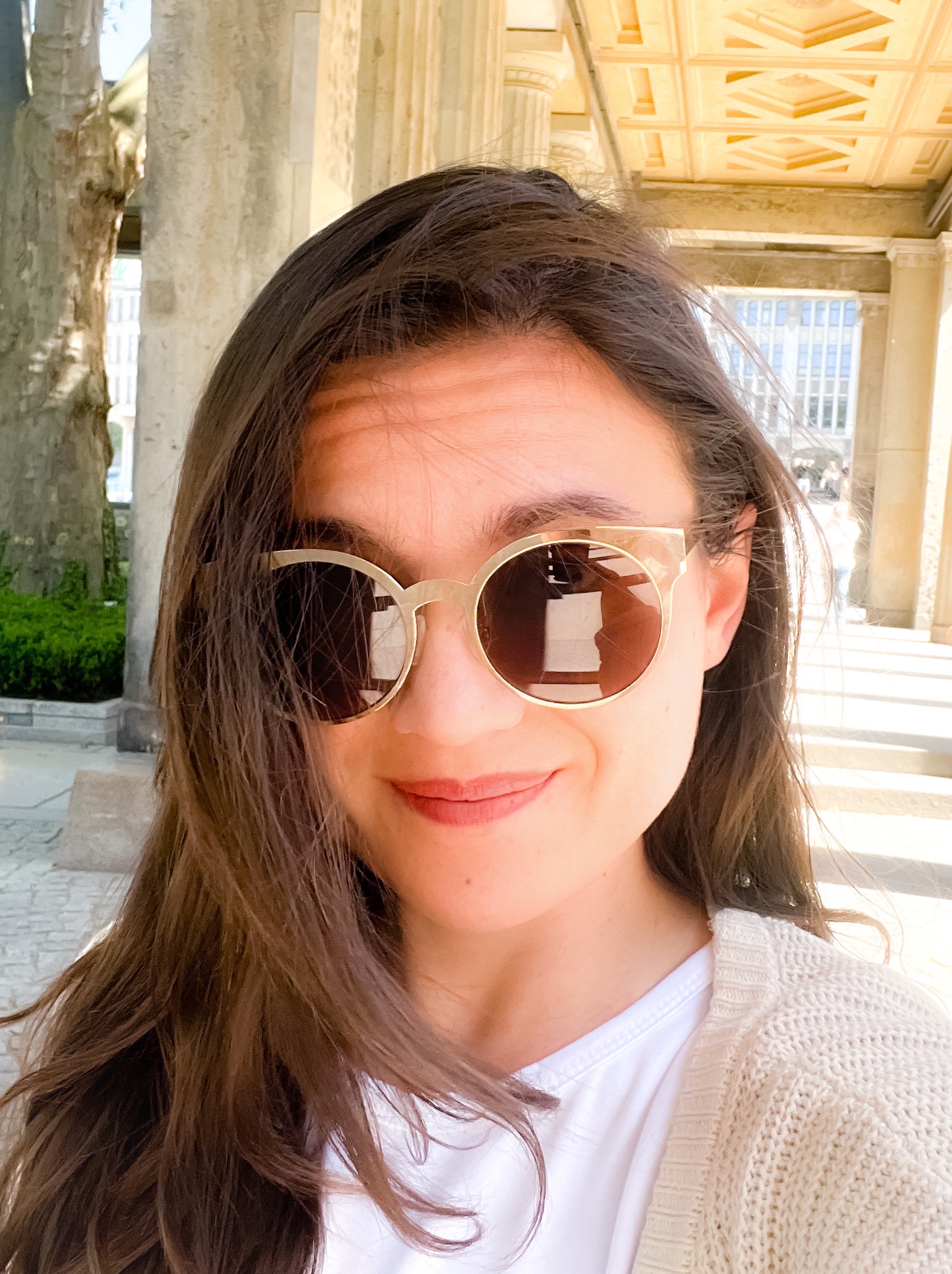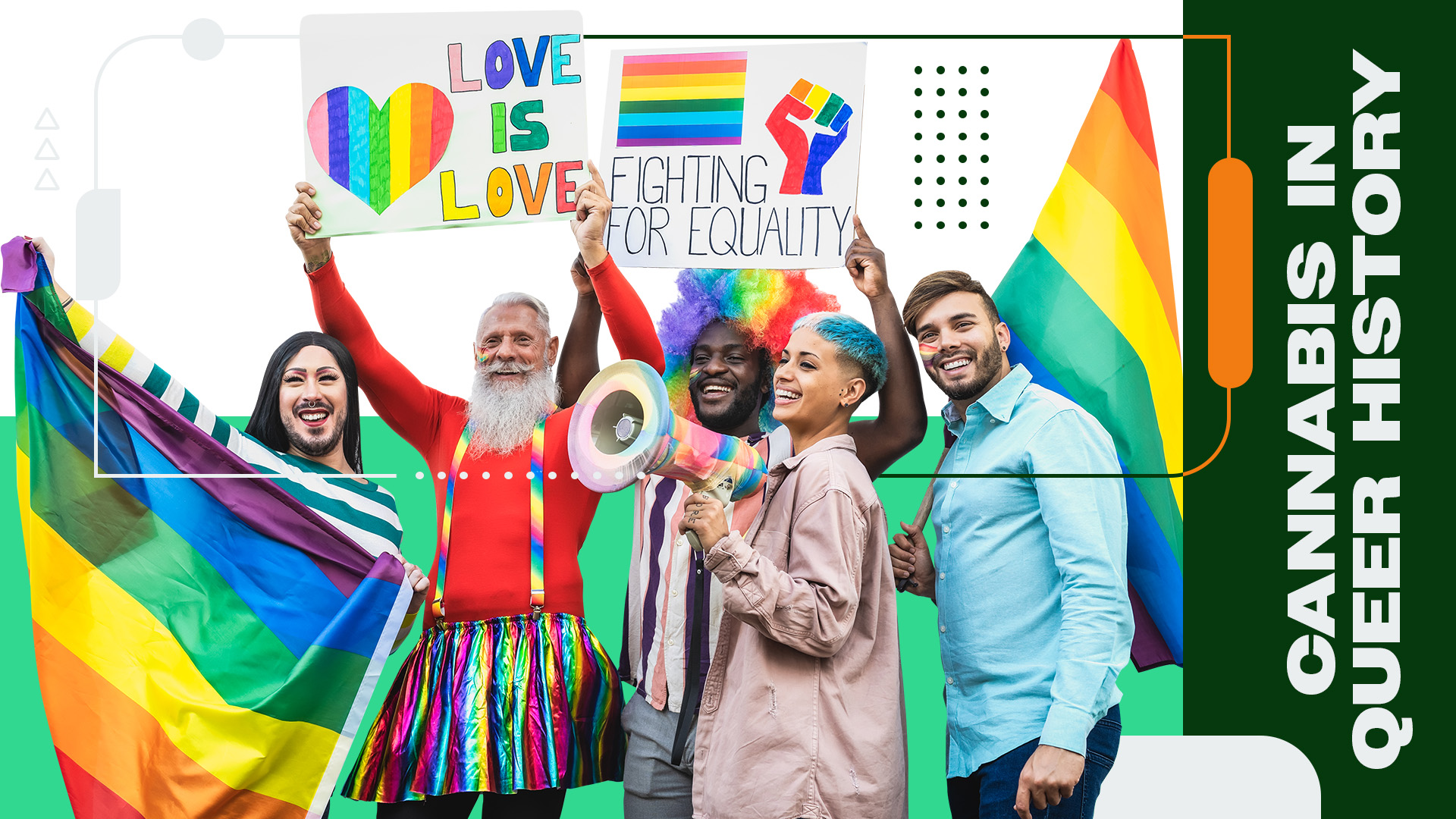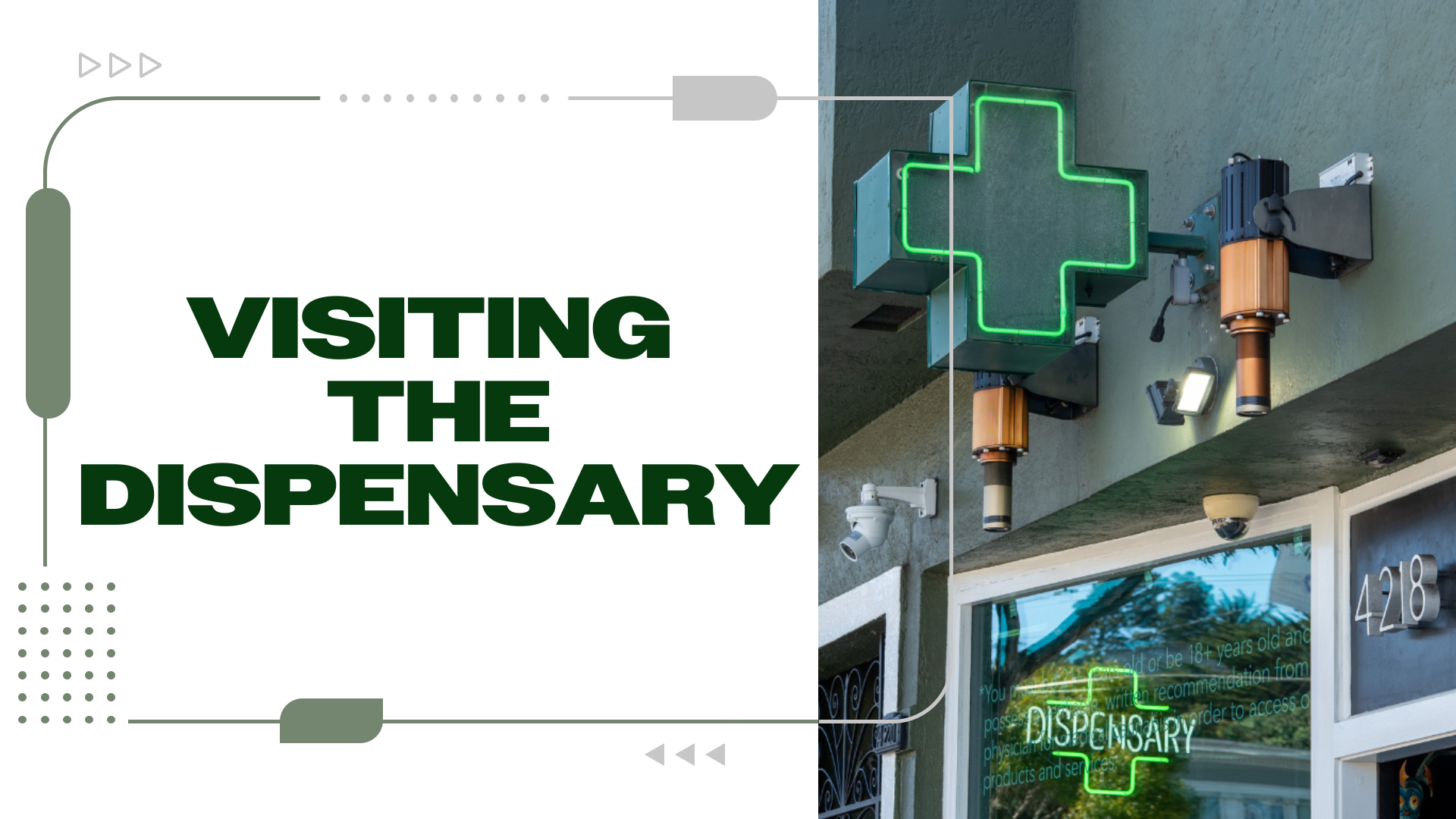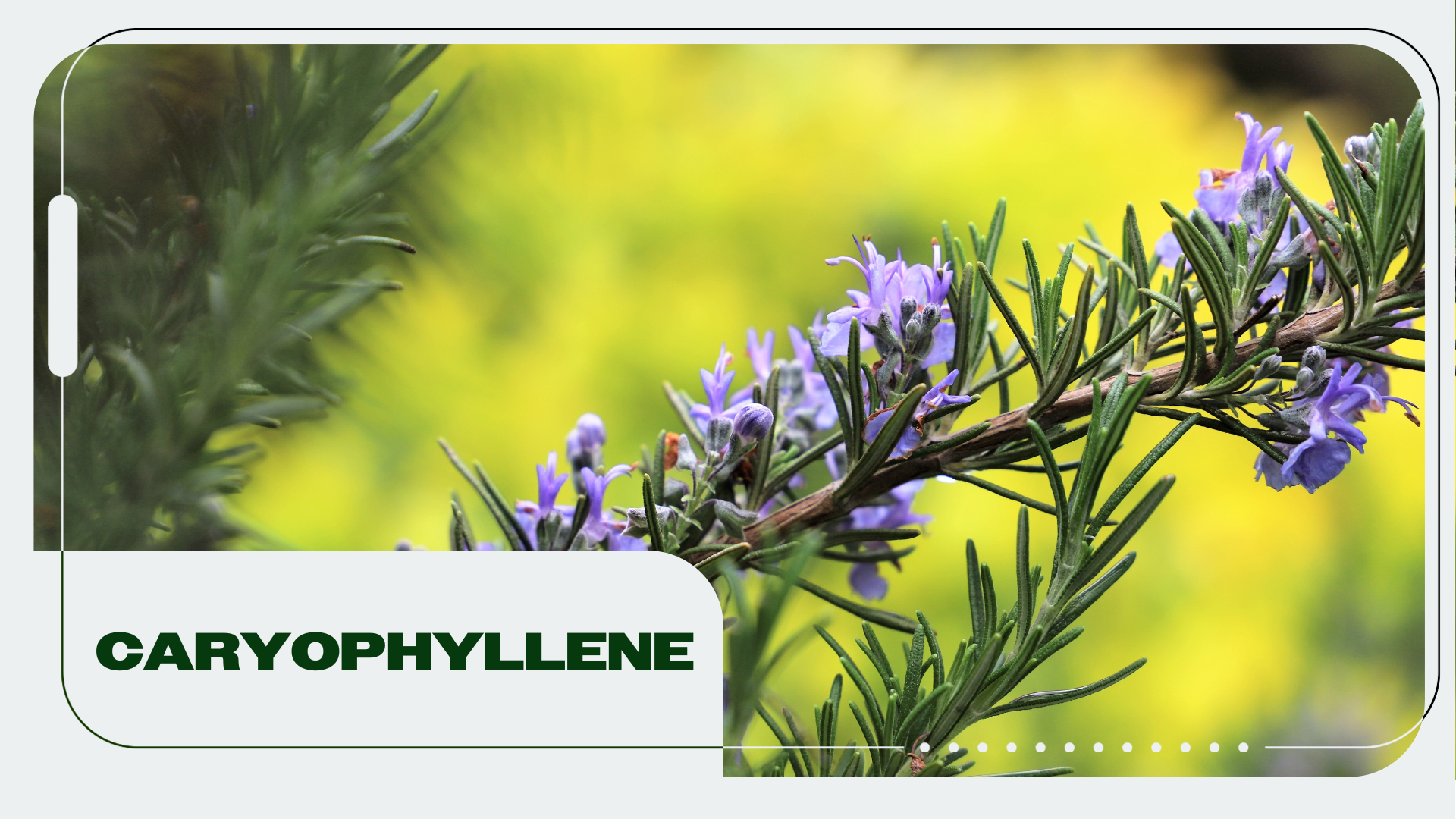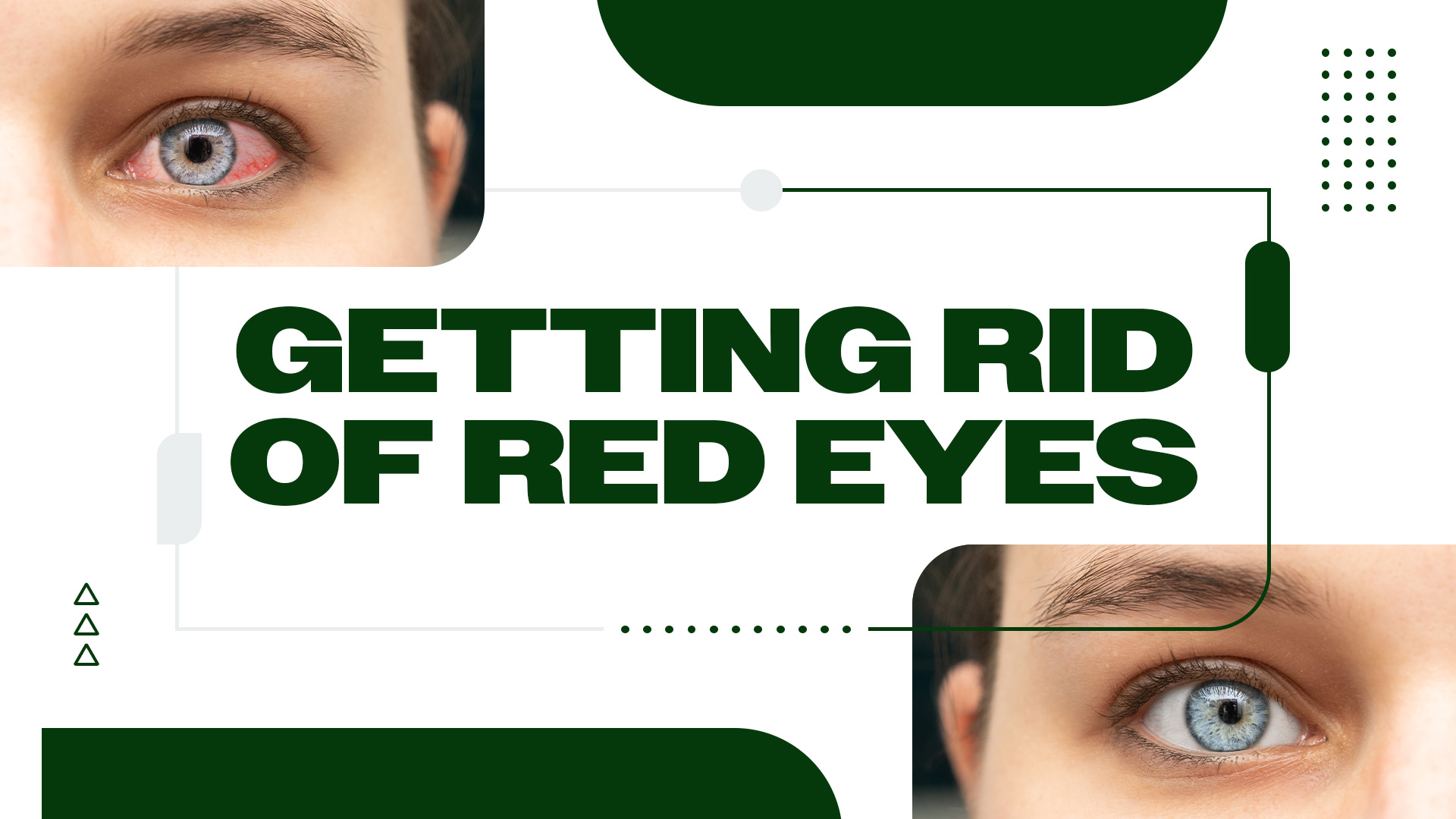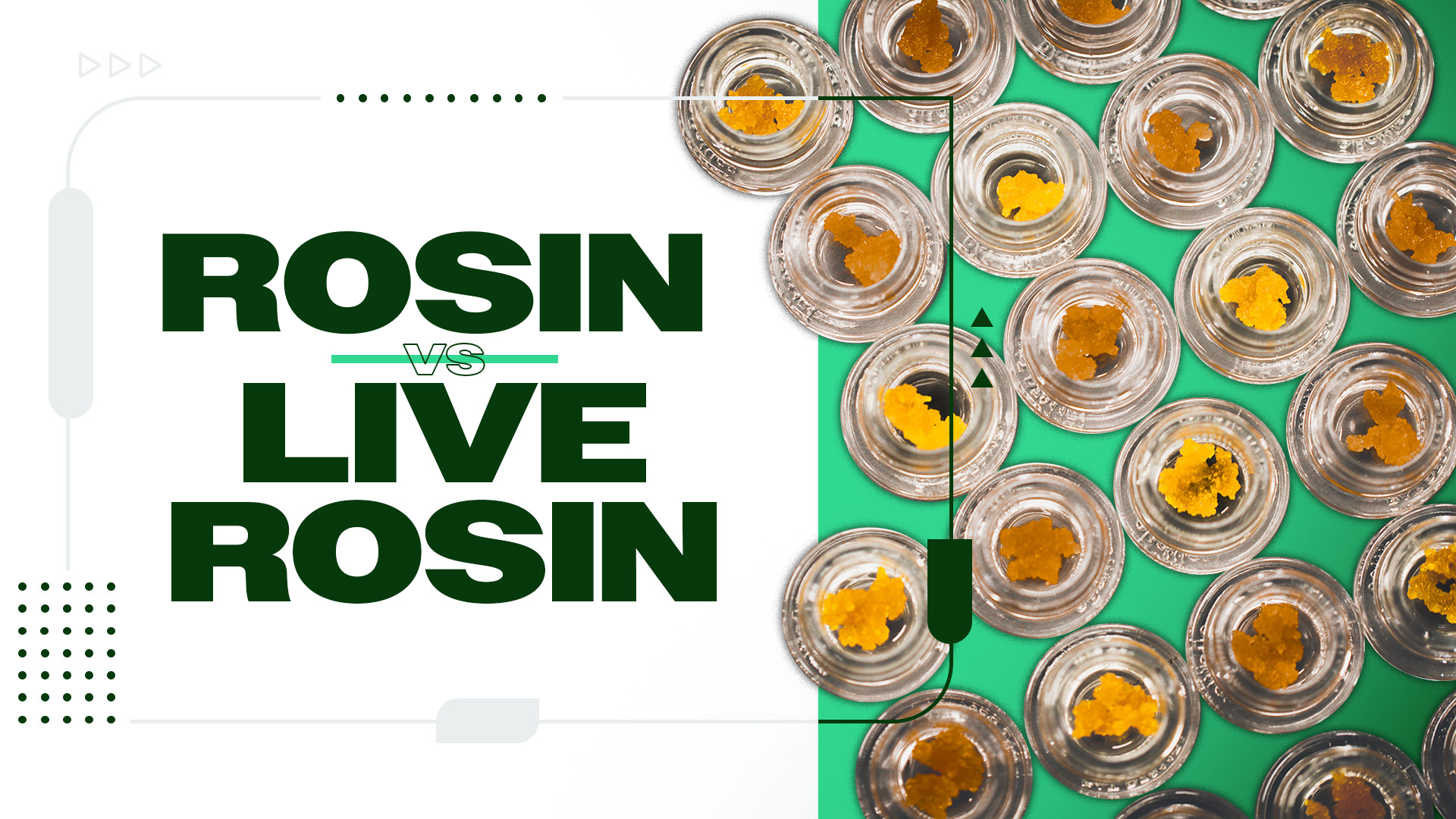In the context of LGBTQIA+ history, cannabis represents more than a recreational or medicinal substance—it is a symbol of unity and passion. Against the backdrop of the tumultuous era of the AIDS crisis, cannabis took on a distinct significance within queer history and culture, offering solidarity and relief as the epidemic ravaged lives.
For decades since, LGBTQ activists have acted as champions for both cannabis access and broader legalization. At the intersection of healthcare and social change, we find the shared experiences of two unjustly stigmatized communities whose common resilience continues to pave the way for a more equitable and accessible cannabis industry.
The HIV/AIDS Crisis
The HIV/AIDS crisis of the 1980s and 1990s took a profound toll on the LGBTQIA+ community, who embraced medical cannabis as a source of relief for sufferers of the deadly disease. Cannabis was a critical resource for the struggling community of HIV/AIDS patients.
Human immunodeficiency virus (HIV) is a virus transmitted via the exchange of certain bodily fluids that greatly weakens the immune system, and essentially inhibits the body’s ability to defend itself against disease. HIV progresses in three stages, which culminate in a late-stage ailment referred to as acquired immunodeficiency syndrome (AIDS). This stage of HIV produces symptoms like weight loss, fever, persistent cough, skin problems, regular infections, and serious illness or disease.
In 1981, one of the first cases of HIV in the US was documented in San Francisco, California. As infections spread at a terrible rate, with no cure in sight, many patients found relief for their symptoms in medical cannabis. Cannabis effectively eased symptoms that were associated both with the disease and the medications used to treat it, such as nausea, wasting syndrome, and chronic pain. In severe cases, cannabis was used for palliative care for terminally ill patients at the end of their lives.
Cannabis also provided therapeutic assistance for the mental and emotional effects the disease had on patients. Due to a general lack of education surrounding HIV/AIDS, patients often experienced feelings of isolation from others, either emotionally or physically. The symptoms of anxiety and depression associated with these feelings of loneliness or alienation were also relieved by the medicinal effects of cannabis derivatives. Cannabis’ ability to enhance mood was thus able further to promote HIV/AIDS patients’ overall well-being.
The queer community played a huge role in the eventual support and legalization of medicinal cannabis. In 1994, the THC-based drug Marinol was approved to treat AIDS-related appetite loss. This landmark step was reflective of the growing recognition of cannabis as a potential medicine.
Activists in the LGBTQIA+ Community
There was a sense of urgency among members of the LGBTQIA+ to achieve medical cannabis legalization. Activists from the queer community became prominent advocates for cannabis legalization as they fought to provide life-changing care for suffering HIV/AIDS patients who benefitted from the plant’s therapeutic properties.
Why You Should Get Your Medical Marijuana Card
Veriheal has satisfied millions of patients nationwide by giving them access to these benefits
- Larger purchase limits
- Peace of mind
- Enhanced legal protection
- Access to higher potency strains
- Save up to 25% on cannabis purchases
- Skip the line at the dispensary
Working toward the common goal of making cannabis accessible to HIV/AIDS patients, pride and pro-cannabis activism came together under the same movement. There were even examples of LGBTQIA+ activism for cannabis taking place through social clubs where people with access to cannabis would distribute products to those with HIV/AIDS.
One of the 80s’ most well-known advocates for cannabis access was Mary Jane Rathbun, otherwise known as “Brownie Mary.” Mary made her name in cannabis culture by breaking the law to provide cannabis-infused brownies to HIV/AIDS patients in San Francisco. Her experiences as a queer woman and volunteer at San Francisco General Hospital gave Brownie Mary firsthand experience with the devastation and suffering generated by the deadly disease. On a radical mission to provide care, Brownie Mary clandestinely distributed thousands of cannabis-infused edibles to HIV/AIDS patients. Despite the illicit nature of her crusade, which resulted in multiple arrests, Brownie Mary continued to contribute her courage to the movement to provide much-needed healthcare, as well as destigmatize and legalize the use of medical cannabis.
Another important figure in the movement to legalize medical cannabis was Dennis Peron, a proud gay activist and Vietnam Air Force Veteran. When Peron’s partner, Jonathan West, was dying from AIDS, cannabis served as a palliative to ease West’s suffering at the end of his life. After West’s death, Peron was determined to educate the public about medical cannabis and rallied for the movement to legalize the plant.
In 1991, Peron created the San Francisco Cannabis Buyers Club, the first public dispensary in the state. In the same year, he also helped write Proposition P, which pushed the state to legalize medicinal cannabis. Those efforts paid off in 1996 when Peron went on to make history as a co-author of California’s Proposition 215, or the Compassionate Use Act, legalizing the use of cannabis for medicinal purposes in the state of California. This measure is still in place to this day. Peron played a critical role in paving the way for legalization across the United States.
Additionally, Peron and Brownie Mary created a cannabis edibles cookbook in the early 1990s, which helped spread the healing powers of marijuana to members of the queer community everywhere.
Treating Trauma in the LGBTQIA+ Community
Looking ahead, as research develops into the potential benefits that cannabis derivatives, such as cannabidiol (CBD) and tetrahydrocannabinol (THC), offer to patients who have experienced trauma and who suffer from mental health conditions. For gay and transgender people, stigma, discrimination, violence, and societal rejection leave lasting impressions that do not often affect people whose sexual preferences and modes of expression conform to culturally accepted standards. It has been reported that PTSD affects queer, trans, and gender-diverse youth at higher rates than the general population. Moreover, LGBTQ+ individuals are also more likely to experience other mental health conditions like depression and anxiety.
Today, new findings on the complexities of the endocannabinoid system are providing insight into how cannabis compounds affect mood and stress. As the stigma surrounding cannabis diminishes and research barriers lessen, opportunities are increasing our understanding of how cannabis-assisted therapies can be further utilized to meet the mental health needs of individuals in the LGBTQIA+ community.
The historical alliance between the LGBTQIA+ community and the cannabis legalization movement is profoundly inspiring. Born out of compassion and solidarity, the coalescence of these movements played a pivotal role in paving the way for medical cannabis legalization, ensuring that critical medical treatment is safe, legal, and accessible for those who are in need.
Author, Share & Comments










